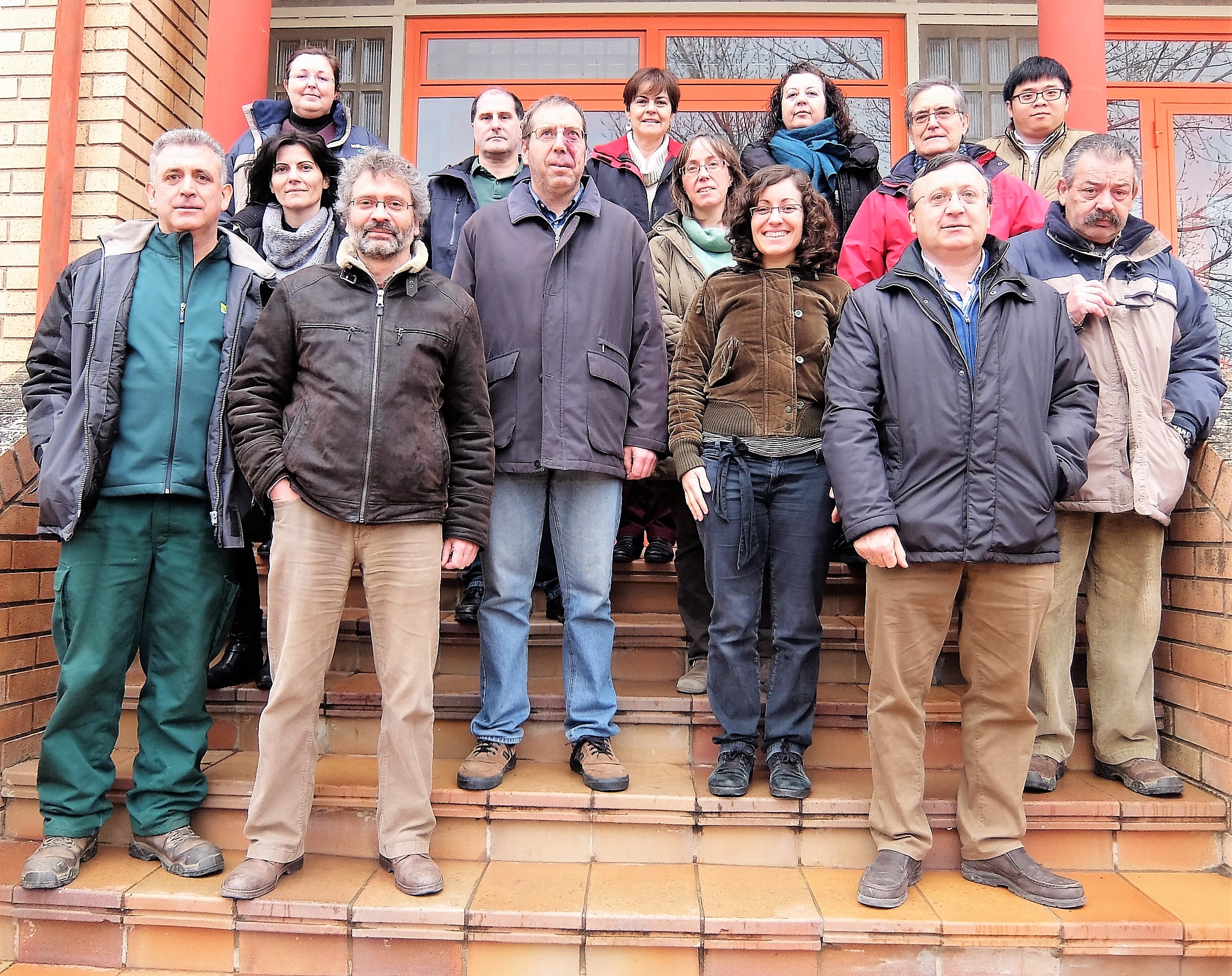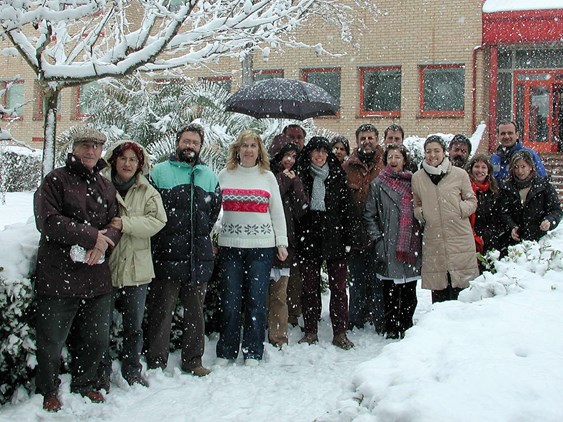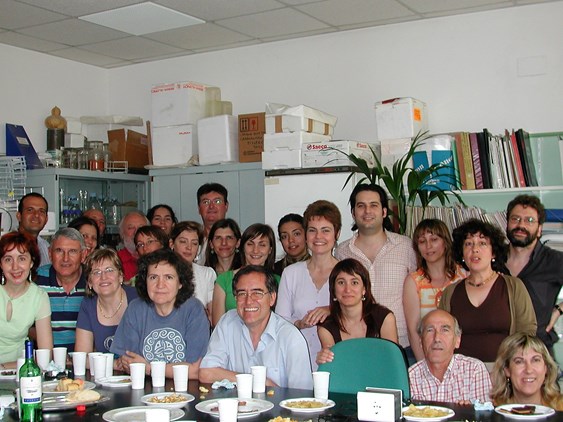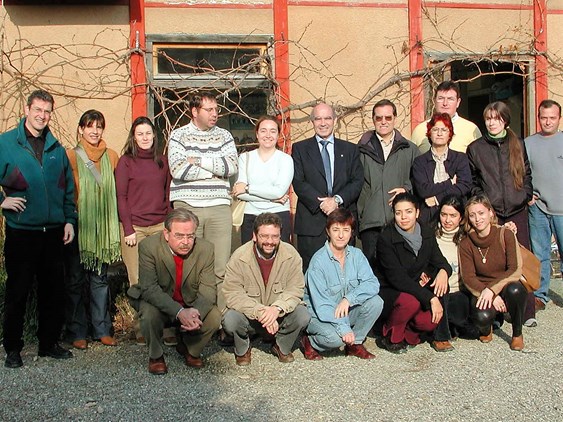La Unidad de Protección Vegetal del CITA pierde su denominación / The CITA Plant Protection Unit loses its name.

Recientemente, la Dirección Gerencia del Centro de Investigación y Tecnología Agroalimentaria de Aragón (CITA) ha decidido eliminar la denominación de la Unidad de Protección Vegetal (UPV) en aplicación del nuevo Plan Estratégico (2021-2026) del Centro.
Fuente: Provesos
La UPV es heredera de la antigua Estación Regional Fitopatológica (creada en 1933), que estuvo incluida en la Granja-Modelo de Zaragoza (creada en 1881). Si la idea ha resistido el paso del tiempo y tan numerosas vicisitudes (la República, la Guerra Civil, la Dictadura y la llegada de la Democracia), será por algo. Y es que este grupo de investigación científico-técnica y aplicada sobre plagas, enfermedades y malas hierbas de los cultivos ha servido de apoyo a técnicos, agricultores e incluso a otros organismos del Gobierno de Aragón, acreditándose como un grupo de referencia y prestigio en España.
El grupo de investigadores de la antigua UPV lamentamos la pérdida de esta denominación ligada a la disciplina de la Protección Vegetal, que es nuestra esencia, vocación y finalidad, por su importante trayectoria histórica en Aragón y, sobre todo, por la pérdida de visibilidad que este cambio puede suponer en cuanto a la difusión de nuestras actividades y a que se nos reconozca como grupo de investigación en dicha disciplina.
A pesar de lamentar esta decisión, seguiremos trabajando en la investigación y desarrollo de estrategias innovadoras en Protección Vegetal bajo una visión ecosistémica con igual empeño y vocación de servicio al sector agrícola, pero a partir de ahora integrados en el nuevo Departamento de Sistemas Agrícolas, Forestales y Medio Ambiente del CITA.
Recently, the Management Directorate of the Center for Research and Agrifood Technology of Aragon (CITA) has decided to eliminate the name of the Plant Protection Unit (UPV) in application of the new Strategic Plan (2021-2026) of the center. The UPV is heir to the old Regional Phytopathological Station (created in 1933), which was included in the Zaragoza Model Farm (created in 1881). If the idea has stood the test of time and so many vicissitudes (the Republic, the Civil War, the Dictatorship and the arrival of Democracy), it will be for a reason. And it is that this scientific-technical and applied research group on pests, diseases and crop weeds has served as support to technicians, farmers and even other agencies of the Government of Aragon, accrediting itself as a reference and prestigious group in Spain.
The group of researchers from the former UPV regret the loss of this denomination linked to the discipline of Plant Protection, which is our essence, vocation and purpose, due to its important historical trajectory in Aragon and, above all, due to the loss of visibility that this change may mean in terms of the dissemination of our activities and that we are recognized as a research group in that discipline.
Despite regretting this decision, we will continue working on the research and development of innovative Plant Protection strategies under an ecosystem vision with the same commitment and dedication to serving the agricultural sector, but from now on integrated into the new Department of Agricultural Systems, Forestry and Environment of CITA.


